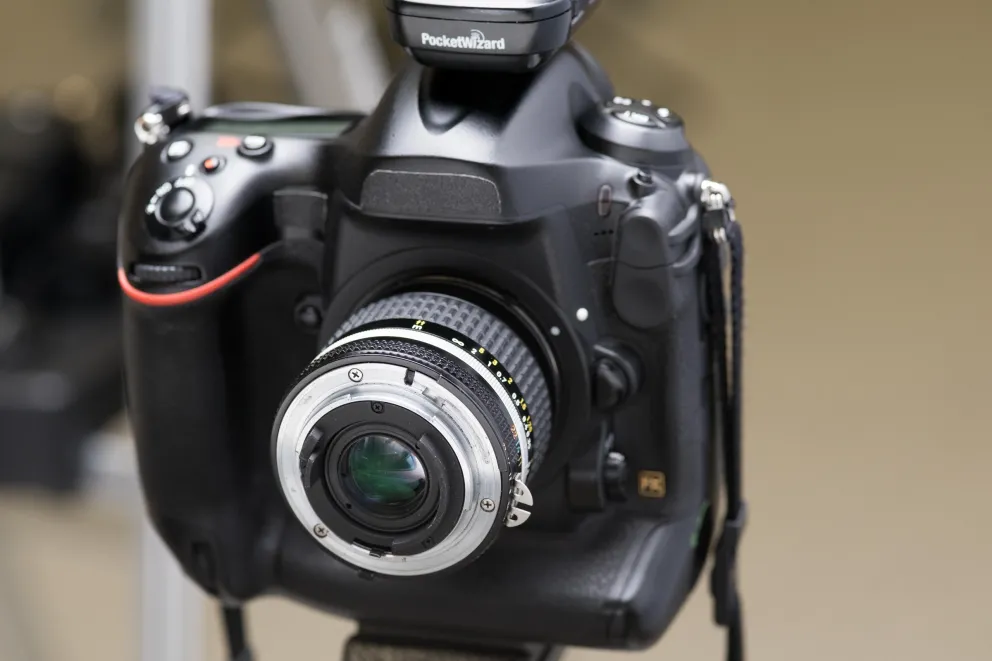
- Focus was going to happen entirely by moving the camera. Focus ring is more or less irrelevant at this point.
- It was a PITA to use the traditional viewfinder. Live view was going to be my friend in this effort.
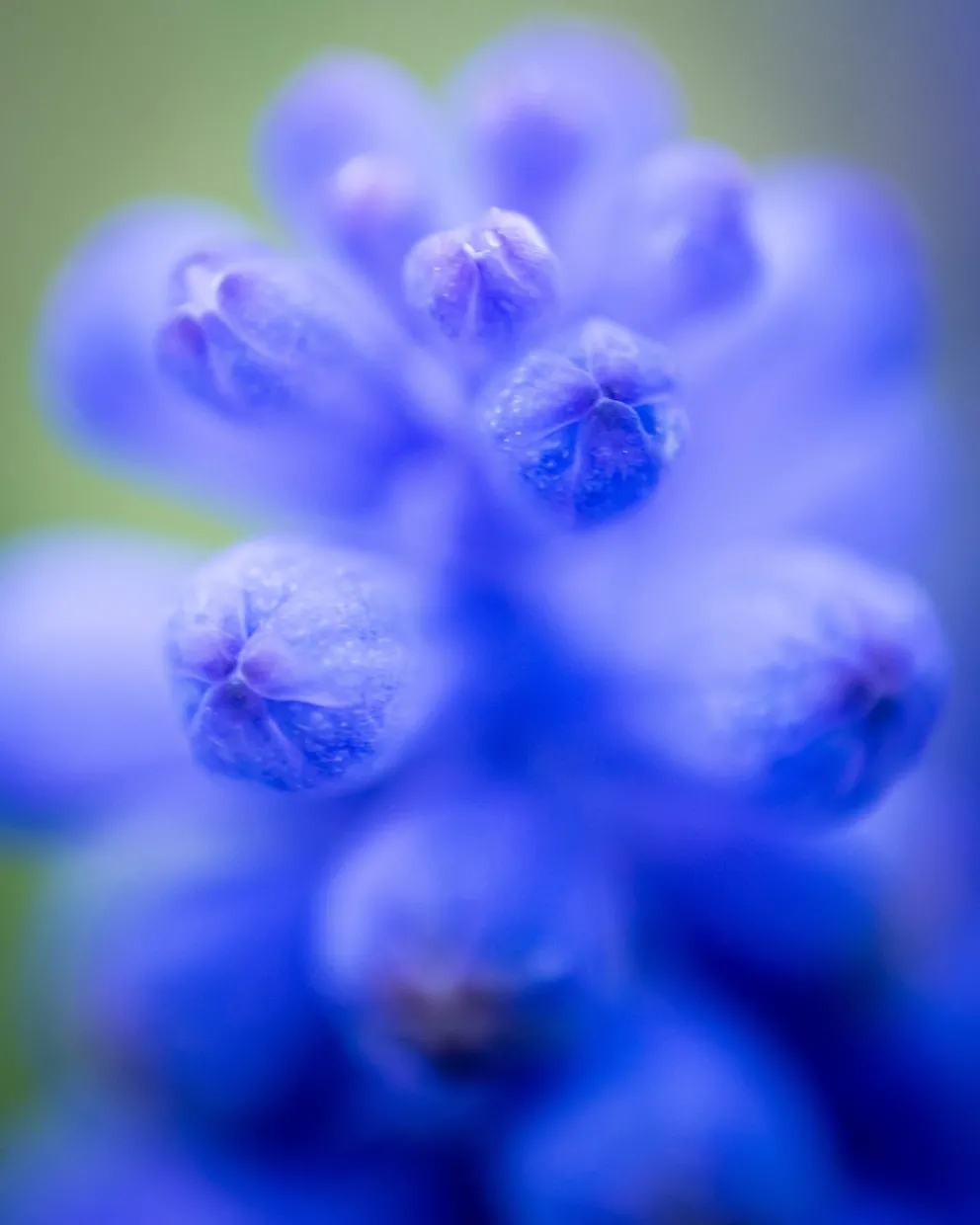
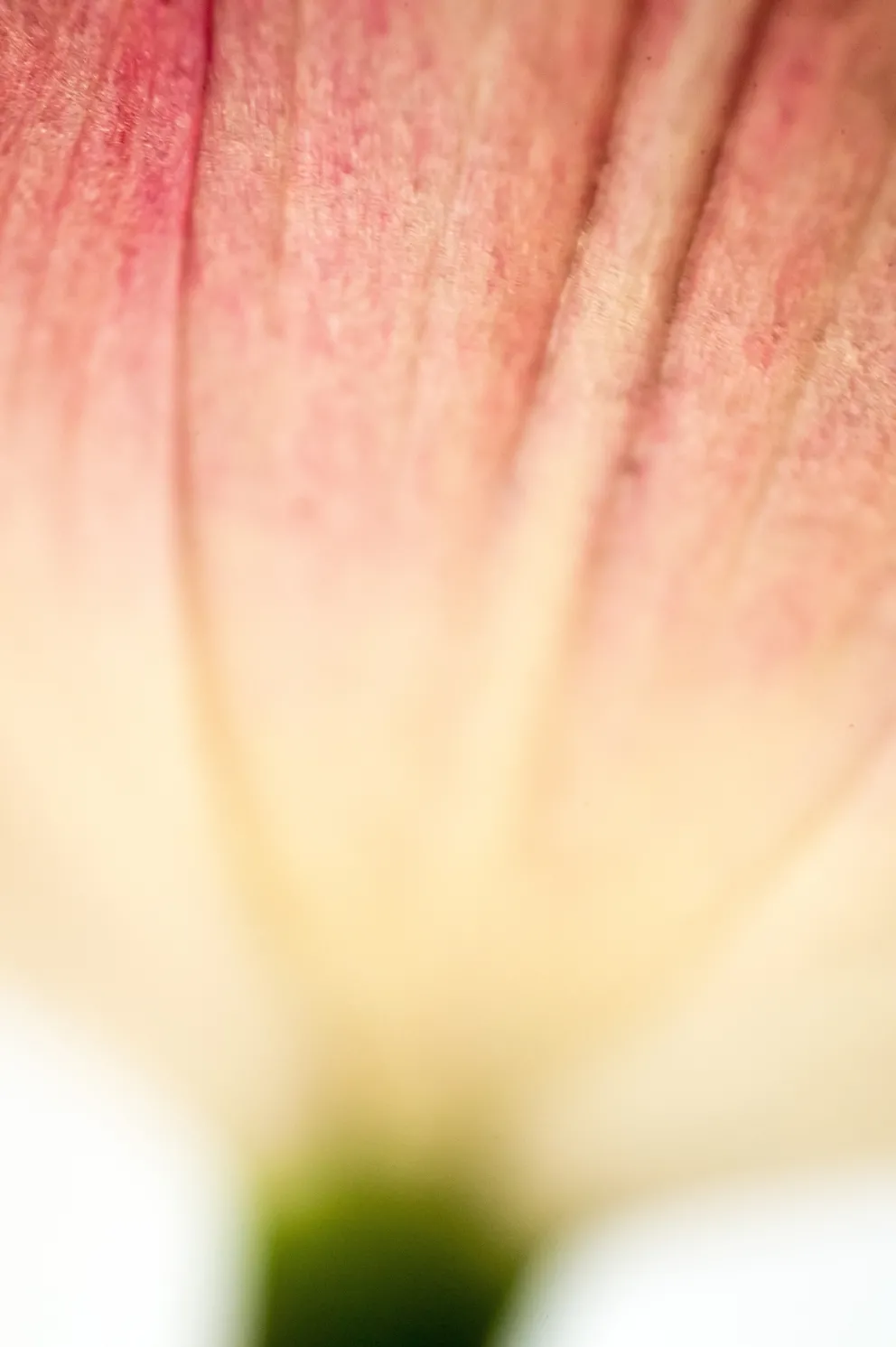
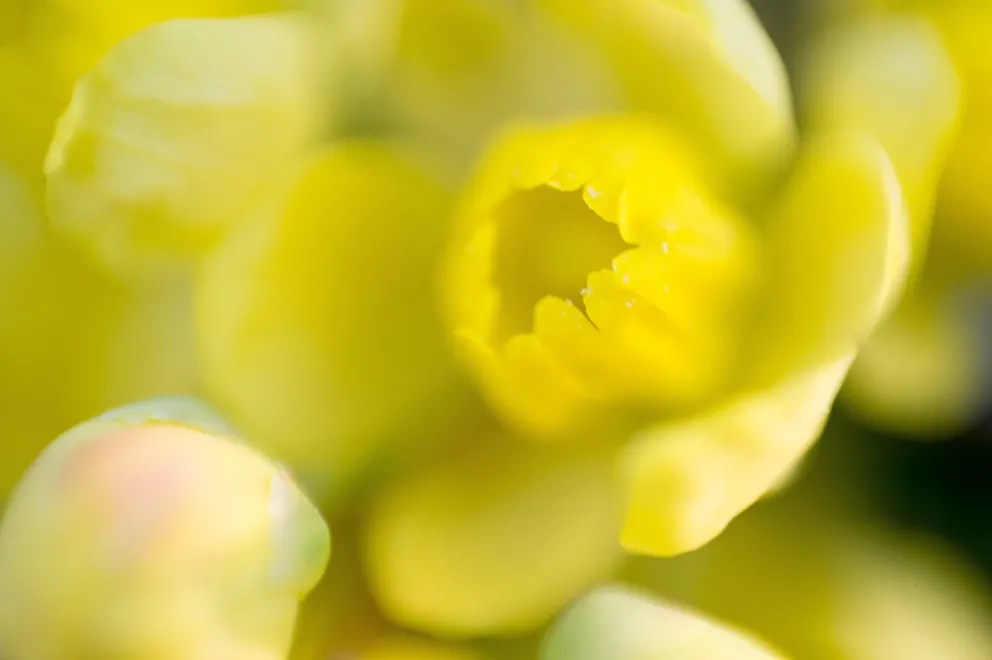
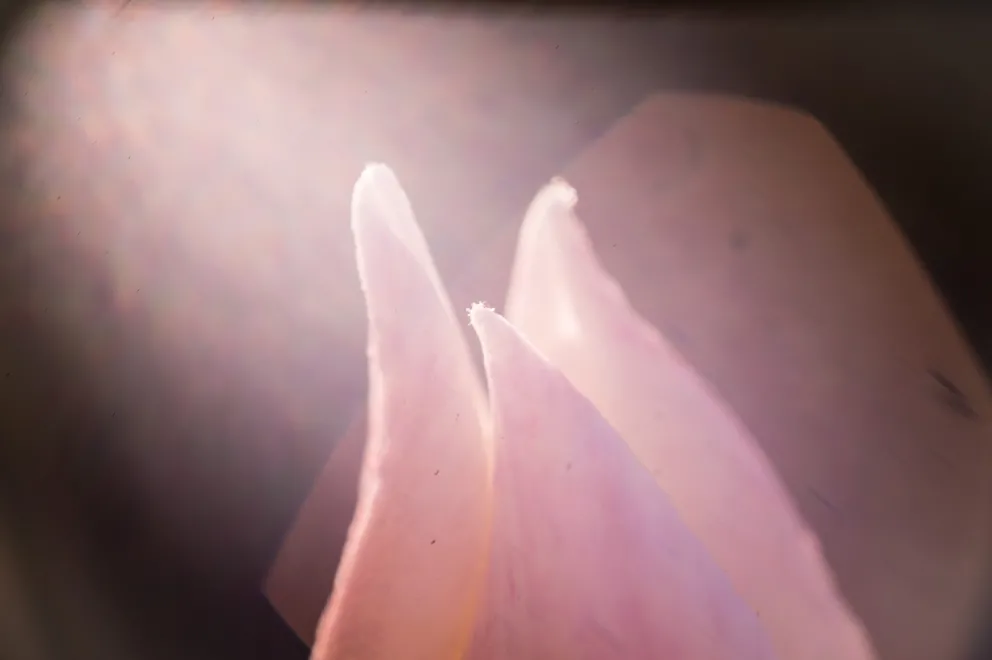
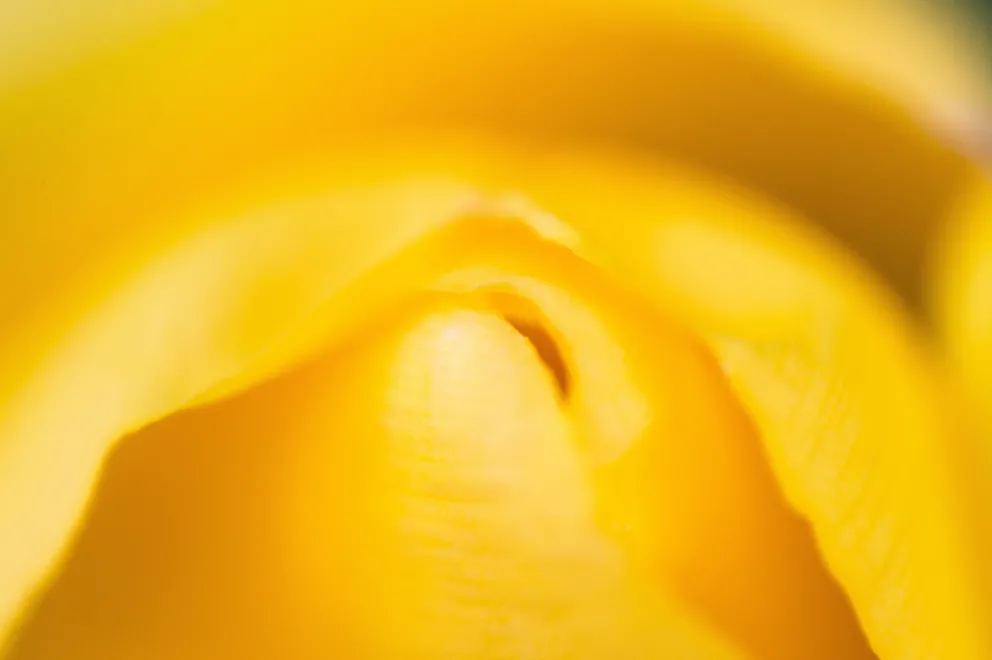
I was hooked. I was coming off of an especially brutal stretch of consecutive days worked but suddenly I wanted to do photography just for the fun of it. Spring flowers gave me plenty of opportunities:
Walking with my 4-year-old daughter picking dandelions made me wonder...what would that look like under studio light?
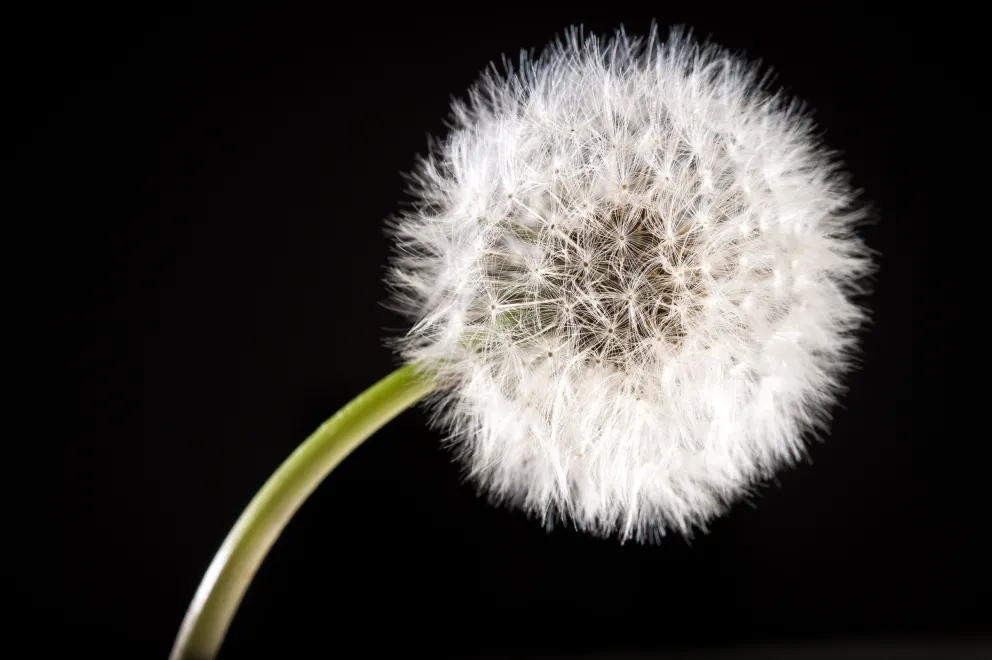
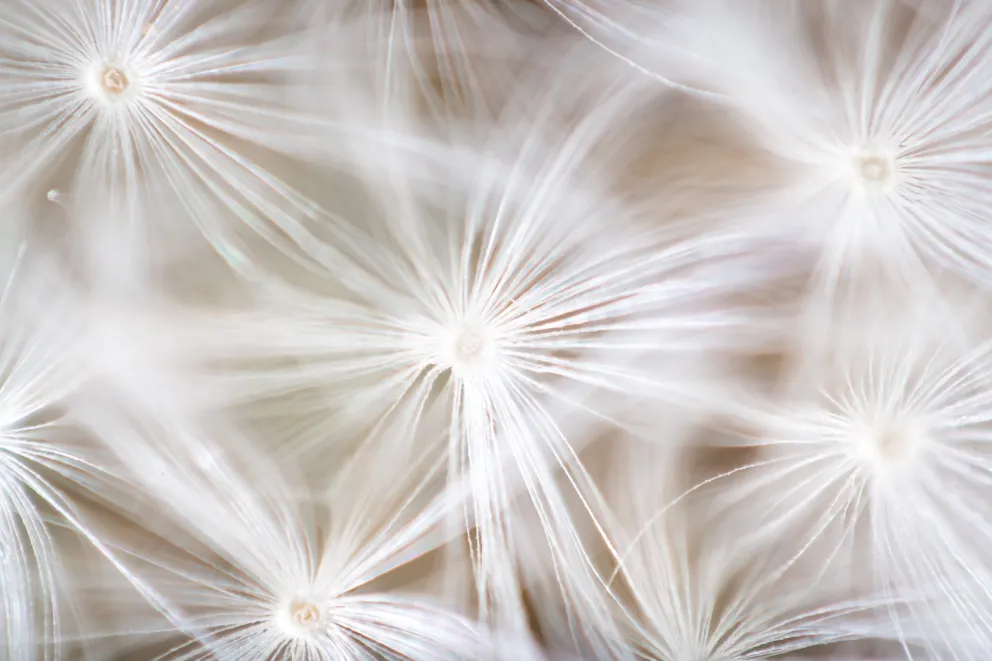
Strawberries became not just a snack, but a photo op:
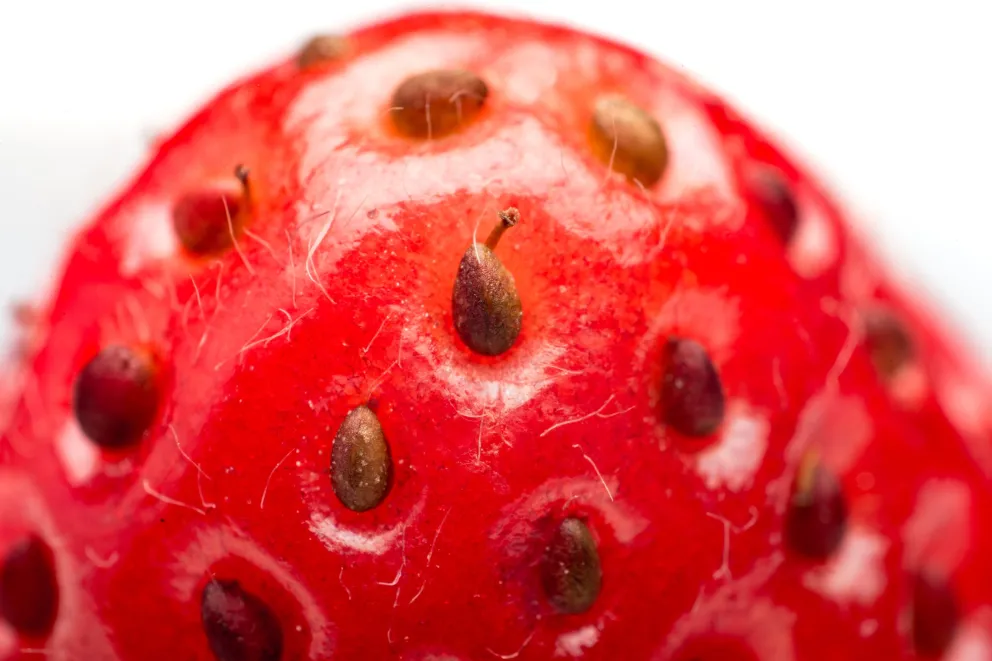
Time to totally nerd out. I wanted to see what the differences were between this new technique and my traditional understanding of macro photography. For this experiment I put a quarter in an 'A' clamp and photographed it with a 55mm macro & 105mm macro with and without extension tubes, and then with the reversed 24mm lens.
Results:
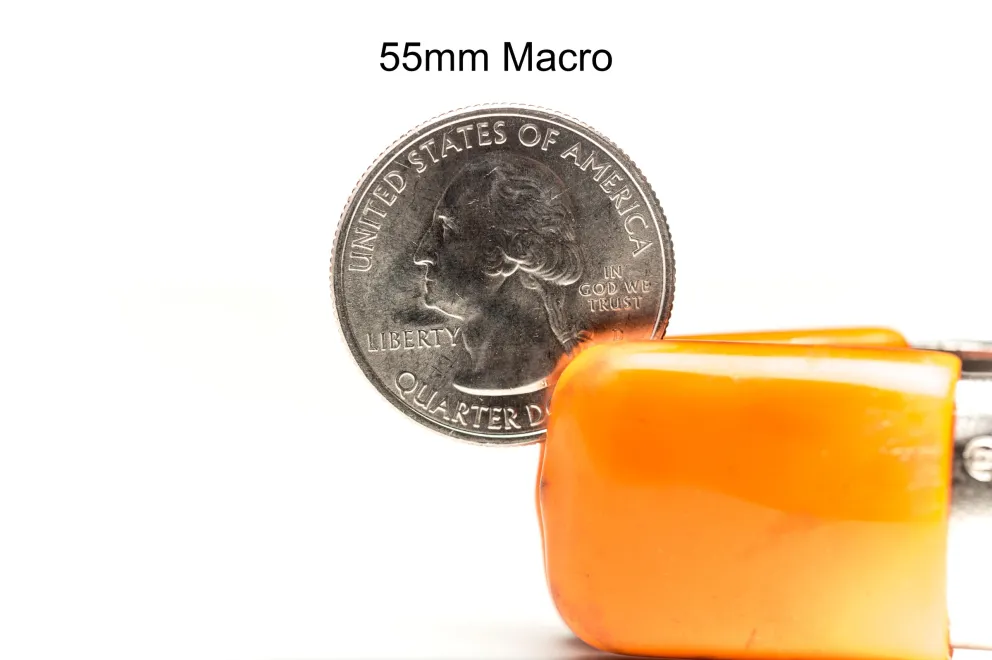
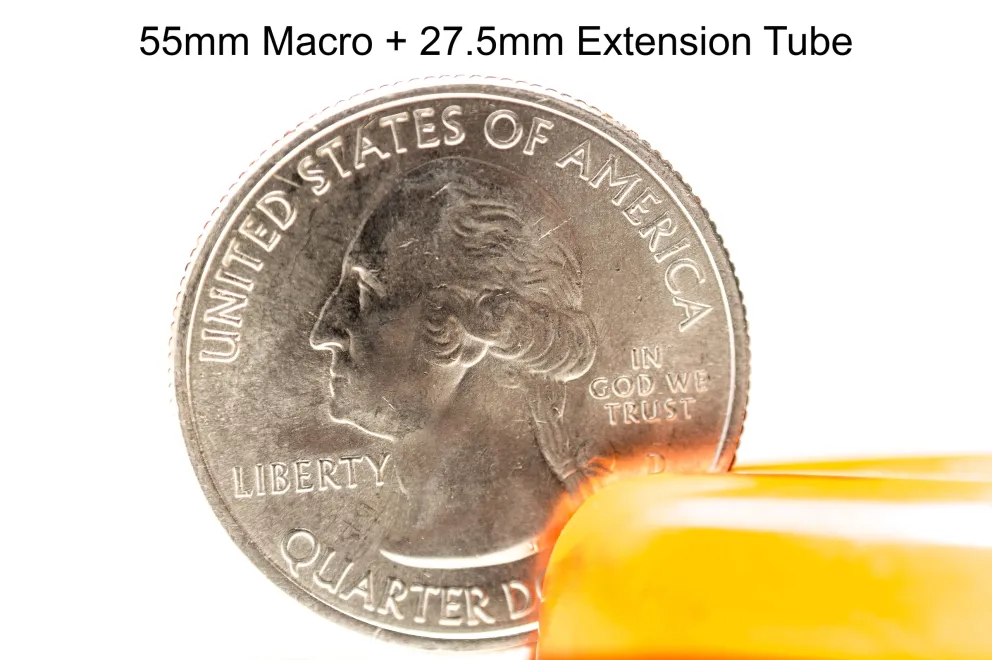
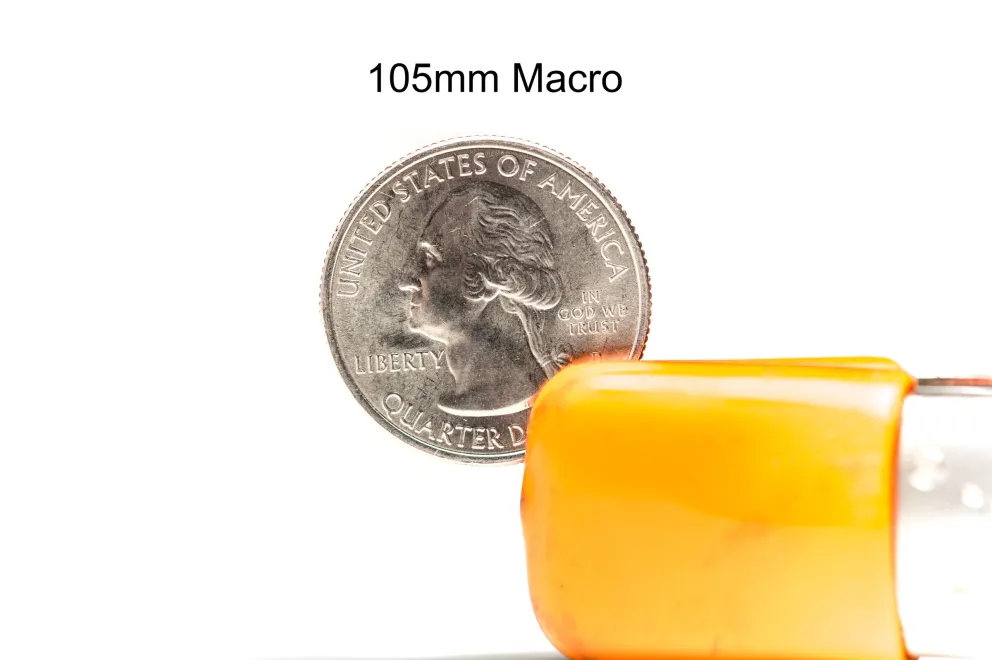
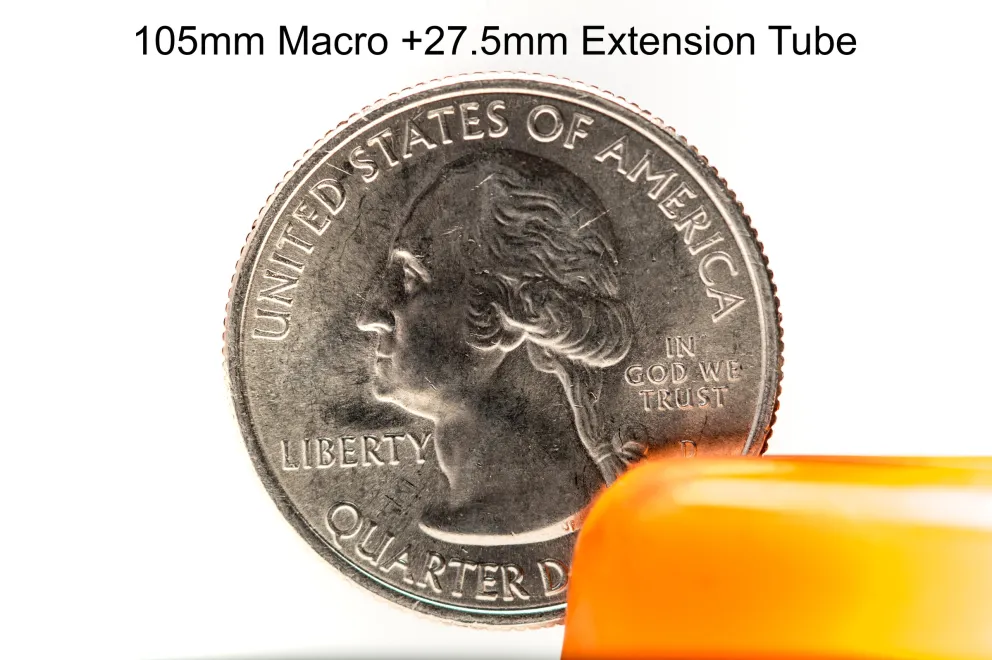
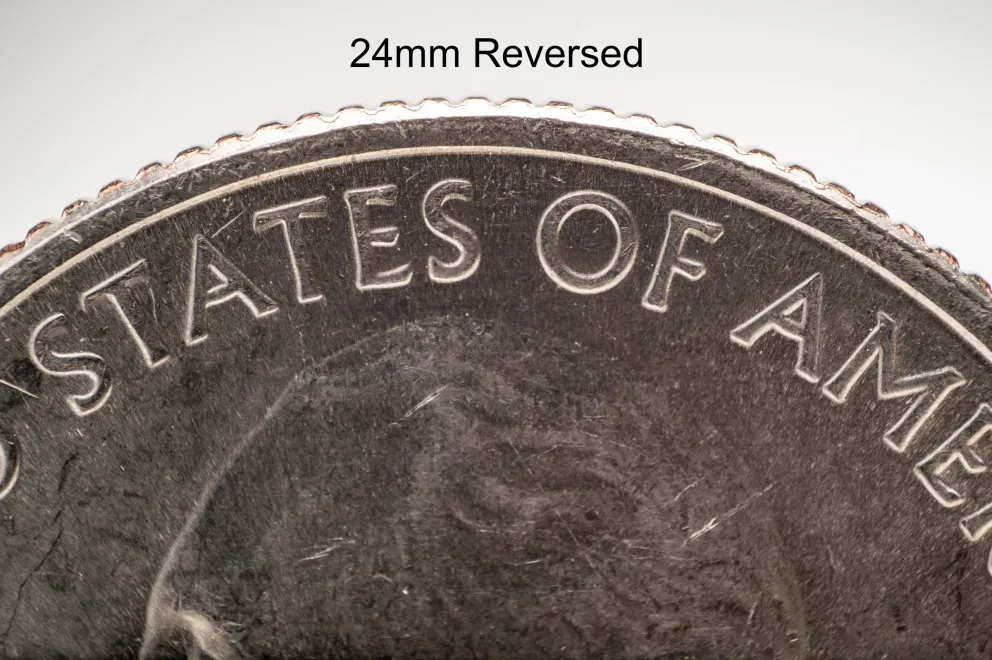
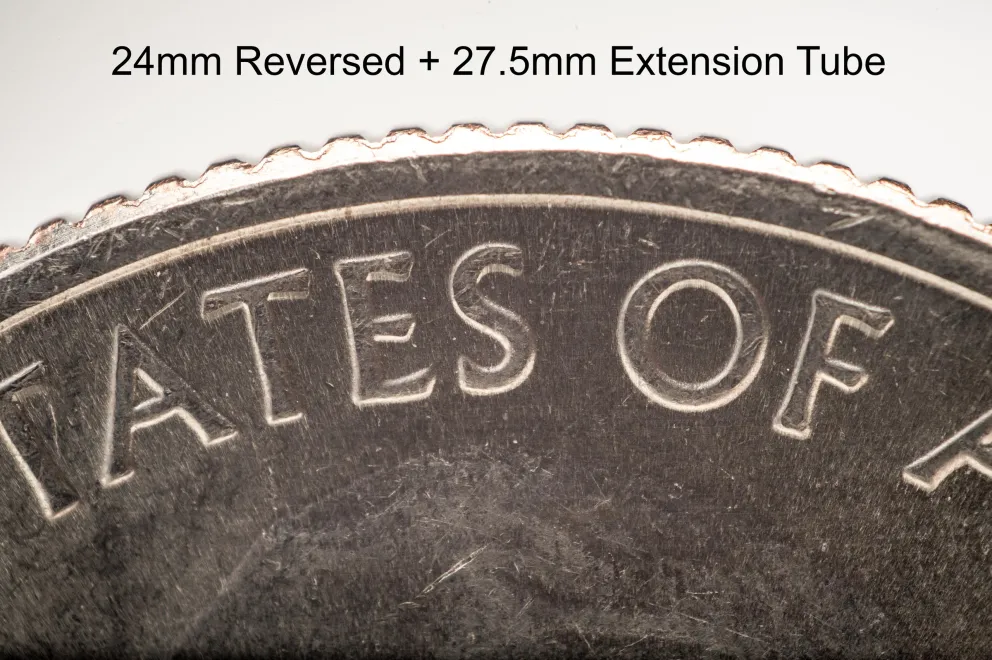
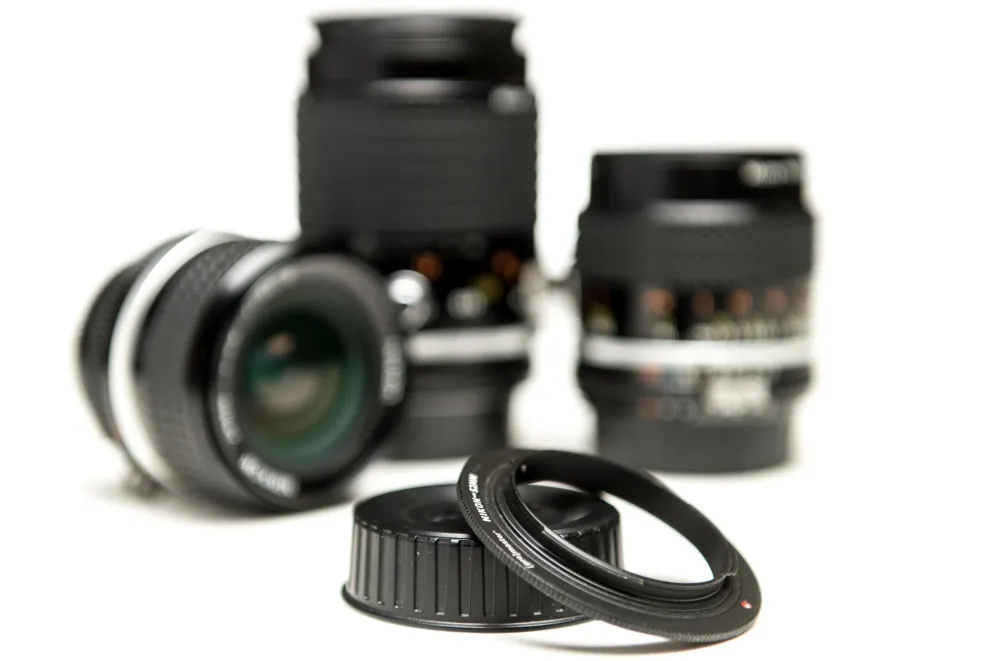
Just recently I had an opportunity to use it in a lab for a campus job.
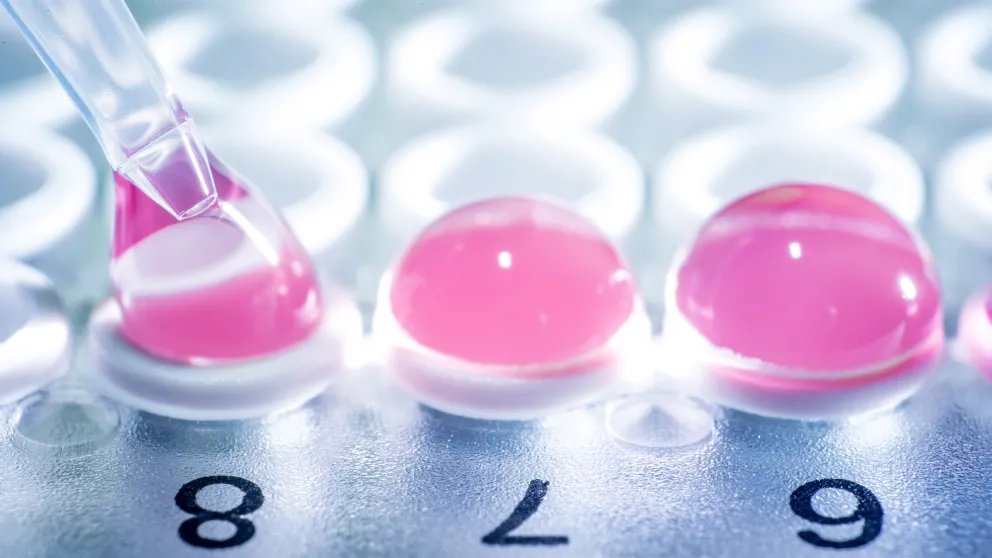
So what have I learned?
- Depth-of-field is razor-thin
- Exposure is completely manual--live view is your friend!
- Works best with the camera on a tripod
- I noticed something odd with exposure. When reversing the 24mm lens I lost roughly 4 stops of exposure. An image at f5.6, 400ISO normally required f4 3200ISO reversed under the same light. Hadn't expected that.